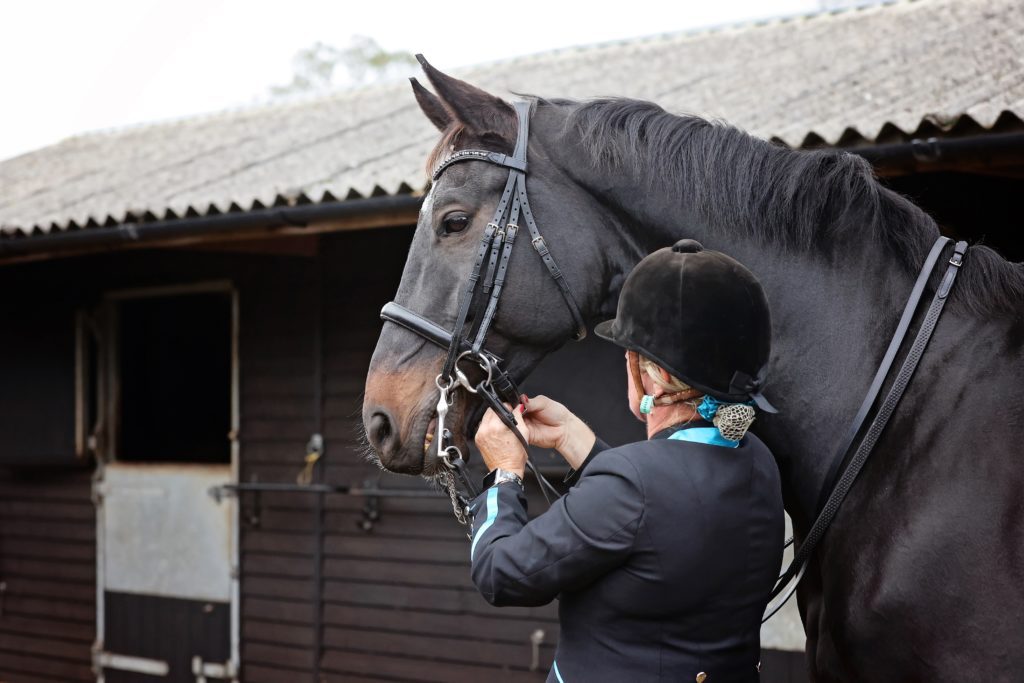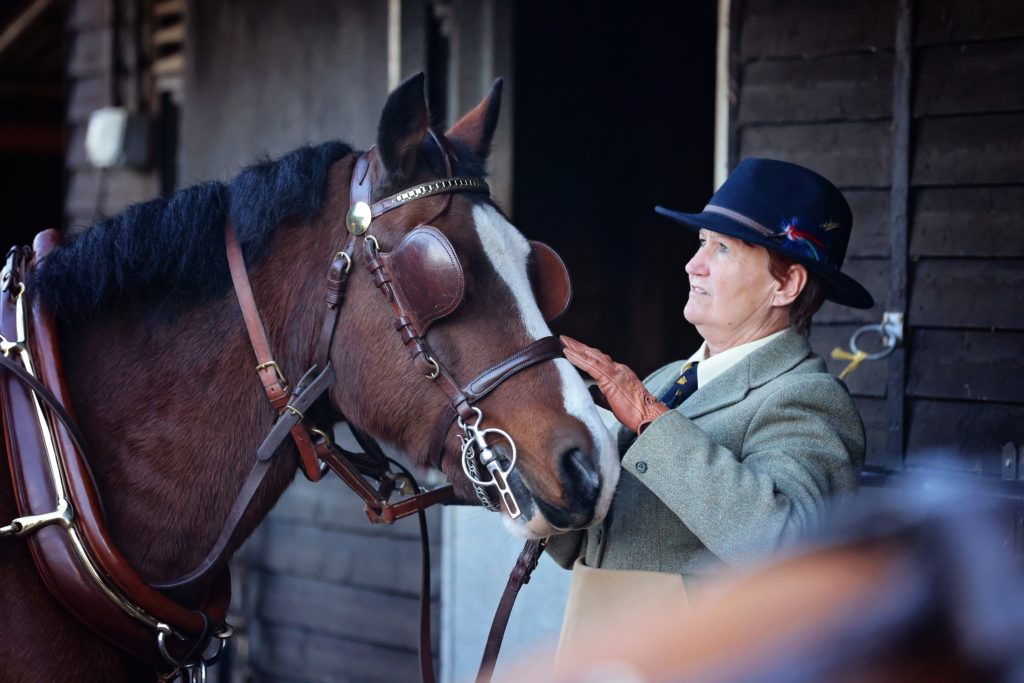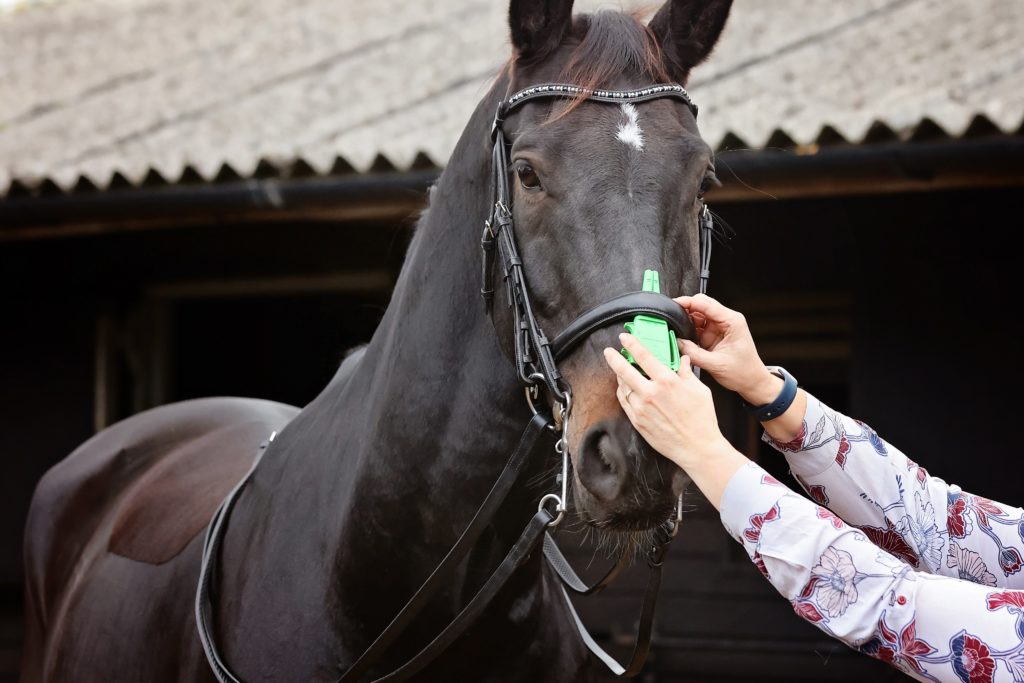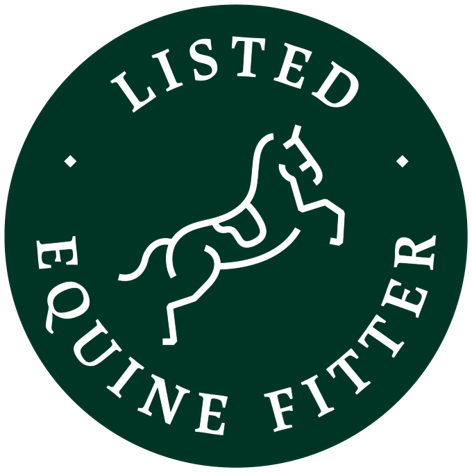The importance of correct bridle fit
Smaller, and usually less expensive than the saddle, the bridle is sometimes overlooked. And yet, the fit of the bridle is an important consideration when seeking to ensure the highest level of ridden or working horse welfare.
A horse experiencing discomfort may display signs such as an incorrect bend, an extended (hollow) neck and/or back, or an unwillingness to move to their fullest potential. While a poorly fitting saddle can be the cause, an ill-fitting bridle may also be a source of discomfort.

Understanding fit
Complex and sensitive, the horses’ head is linked to the rest of the body via fascial and other soft-tissue connections. The head and neck play a key role in locomotion, including turning and stopping. Understandably, bridle fit can influence how the horse moves and how they experience partnership with the rider, driver, or handler.
As an equestrian, we can exert considerable influence over the head of the horse. However, gentle and effective communication is made possible by good fit paired with good technique.
Every horse has individual needs – when measuring for a bridle it is clear that few conform to full, cob, or pony sizing. Good fit considers individual anatomy, horse preference, and ridden or working activity. Each part of the bridle is chosen to complement the whole to achieve a correct and comfortable fit where pressure, especially over the most sensitive areas, is minimised.

Equine Fitters Code of Conduct
All Equine Fitters listed in the Directory meet criteria set by the Equine Fitters Council and abide by the Equine Fitter Code of Conduct and Professional Practice
Equine Fitter Code of Conduct and Professional PracticeWhy work with a professional bridle fitter
A professional bridle fitter will assess head conformation to recommend suitable bridle components with anatomical features that work for your horse.
Working with a professional bridle fitter can be an educational experience. They will communicate clearly throughout the fitting process, from measuring to assessing, always seeking feedback from you and noting how the horse responds. Fit will most usually be assessed with the static and ridden/working horse to ensure that your horse is comfortable.
The Equine Fitters Directory provides information to help you find the right fitter. Listed fitters can be trusted to hold insurance, to pursue ongoing learning, to abide by the Code of Conduct, and to have completed training where indicated.

Look for the EFC Directory
'Listed Equine Fitter' kitemark
